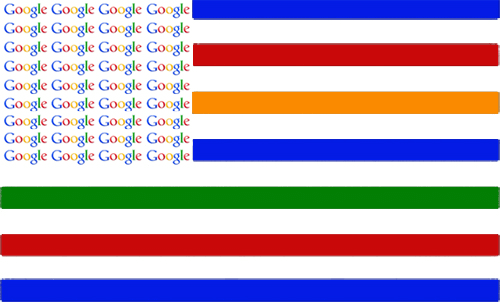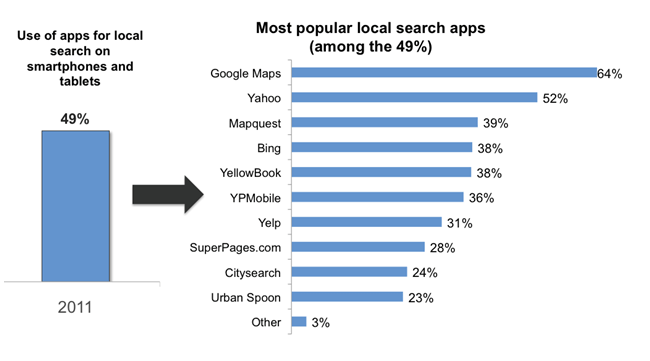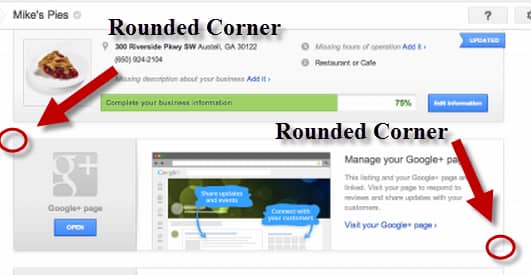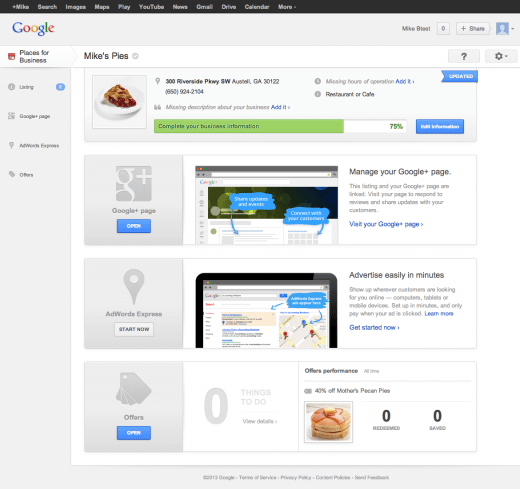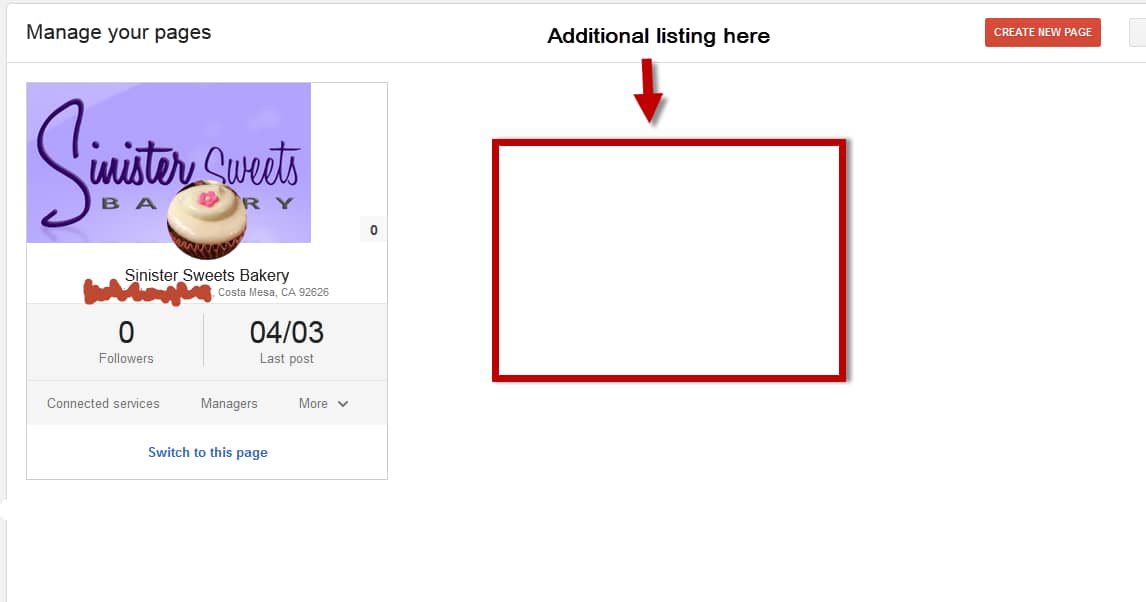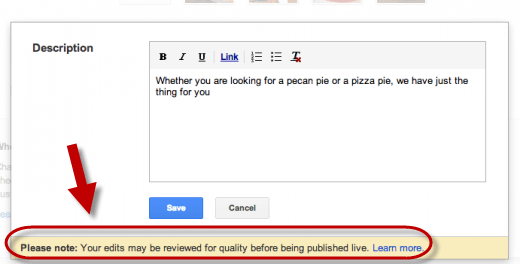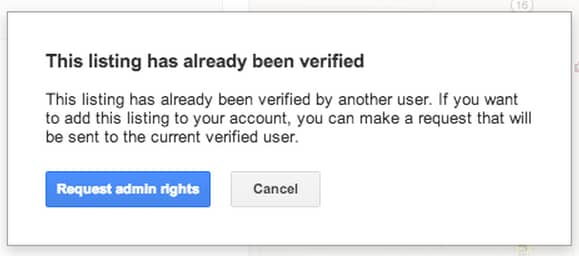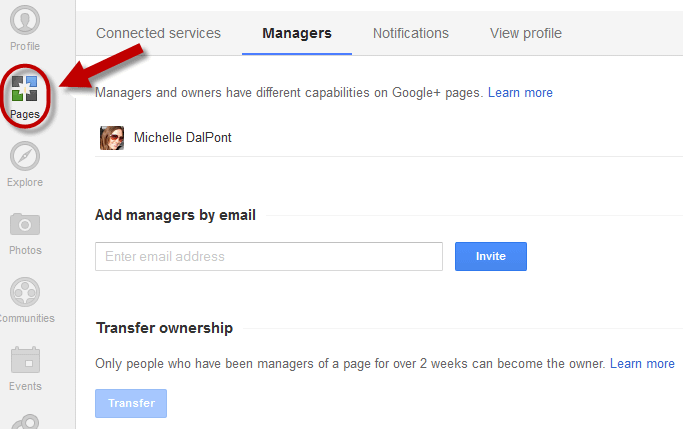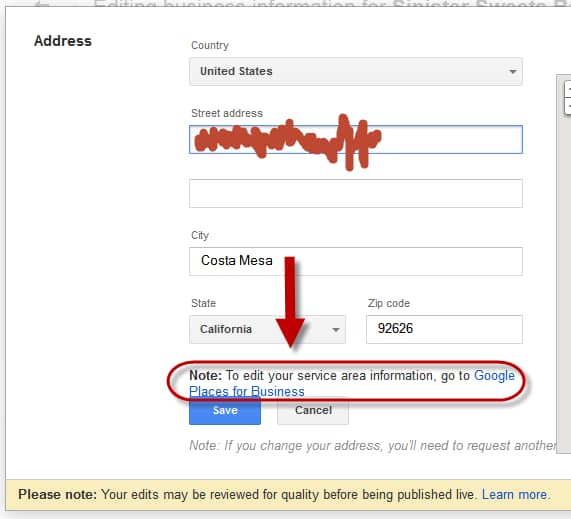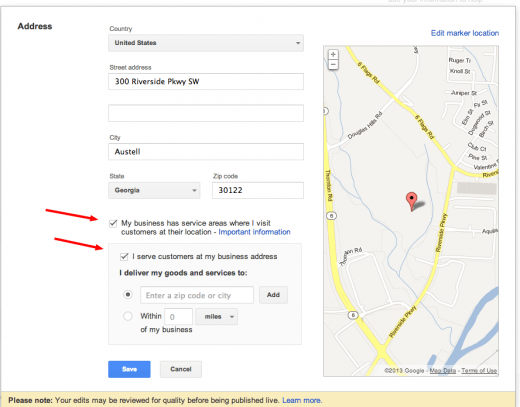Maintaining high placement on major search engines is a constant struggle on an ever-changing playing field. Luckily, there are many paths to choose from when trying to get your site to the top of the list. Of the myriad options available to the potential SEO enthusiast, one of the most obvious paths to pursue is to create an effective video campaign.
Is It Better To Burn Out Or Fade Away?
There are several questions to consider when launching your video campaign, not the least of which should be where to host them. The first thought on nearly everyone’s mind should be YouTube. 72 hours of footage are uploaded to YouTube every minute, and much of it will never cast more than a few views’ worth of dim glow over the dull and glassy eyes of your average web surfer. Of course, there are a few elite videos that attain the coveted “viral” status, spreading across the internet like wildfire, racking up millions of views and, in some cases, refusing to relinquish their place in your head once they’re there.
I’ll just watch Gangnam Style one more time…just one more time…
Can A Viral Video Take My Business To The Top?
Viral videos have notable benefits over other video strategies. For starters, viral videos spread across large audiences at an exponential rate, putting your name in the minds and on the lips of viewers and spreading by word of mouth very quickly. Creating a viral video usually costs less than other video strategies, and since it relies on being entertaining enough to grab a viewer’s attention and keep them watching, a viral video is usually a real pleasure to watch.
We can all learn something from this man.
It’s easy to think that if you can get just one viral video, it will be all you will ever need. Unfortunately, it usually isn’t that simple. Going viral worked for PSY, but for most brick and mortar businesses, viral videos are risky ventures. A viral video isn’t guaranteed to increase sales and since the odds are against a video going viral, relying on viral videos to promote your business isn’t a sustainable approach. Don’t get me wrong; a viral video can be very beneficial for a business, but there are more reliable options out there.
So What Does That Leave Me?
Most successful video strategies are built on the backs of more than just one video. They’re steadily constructed out of multiple high-quality posts that promote brand awareness- much like a blog. A video strategy comprised of several different types of content, compiled in a well-managed and regularly updated channel, will take you much farther than a single high-view viral sensation.
In addition to regularly posting high-quality videos, it’s important to make sure your YouTube channel is properly organized. For instance, a series of tutorials on how to effectively use your product or troubleshooting steps to follow when a product fails to function properly is a solid choice for a well-rounded video campaign. However, if your channel is disorganized and hard to navigate, your clients are less likely to find the right video when they need it.
Though the allure of several million YouTube views is tempting, it’s important to remember that statistically, you have a better chance of winning the lottery than having your video go viral. While that might be a humbling thought, just try to keep in mind that anything worth having is worth putting the effort into getting, and, like the old fable, you’ve got a better chance of winning the race with a slower, steadier approach.


